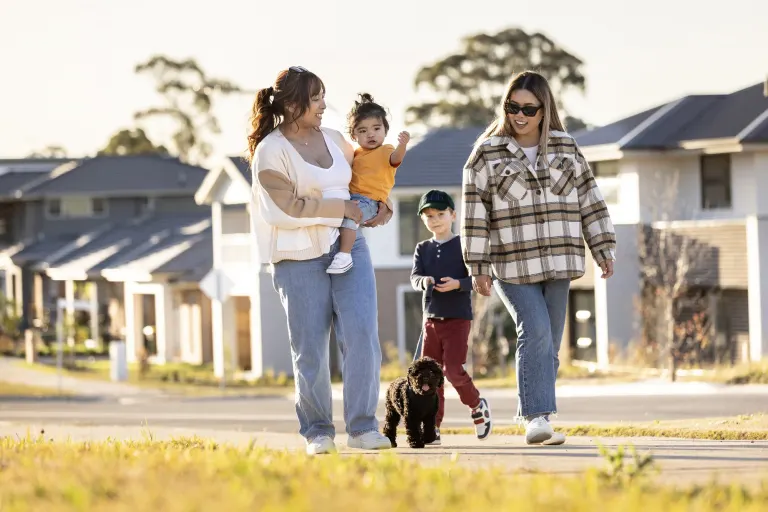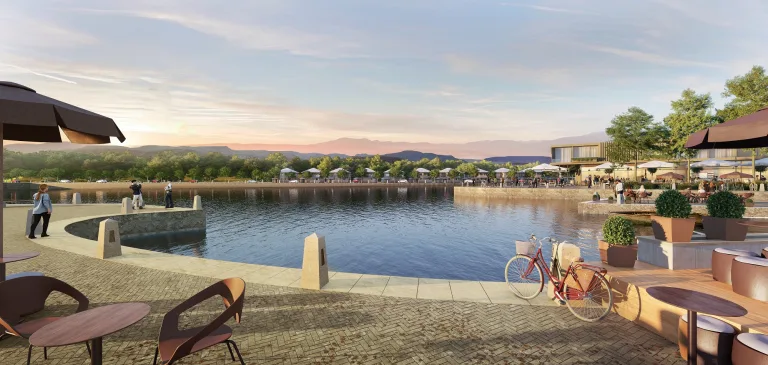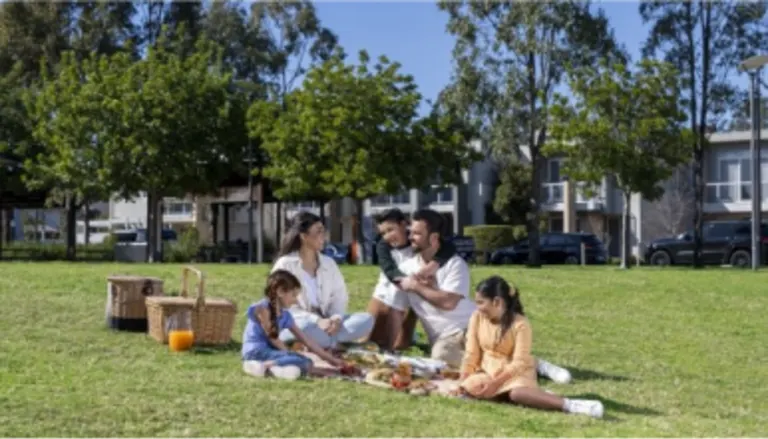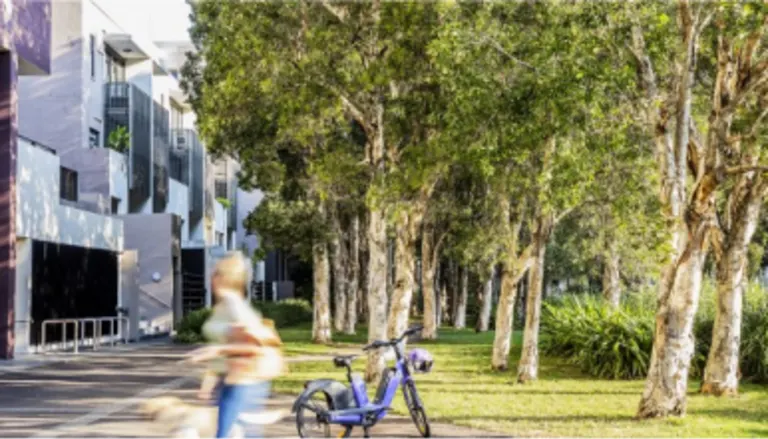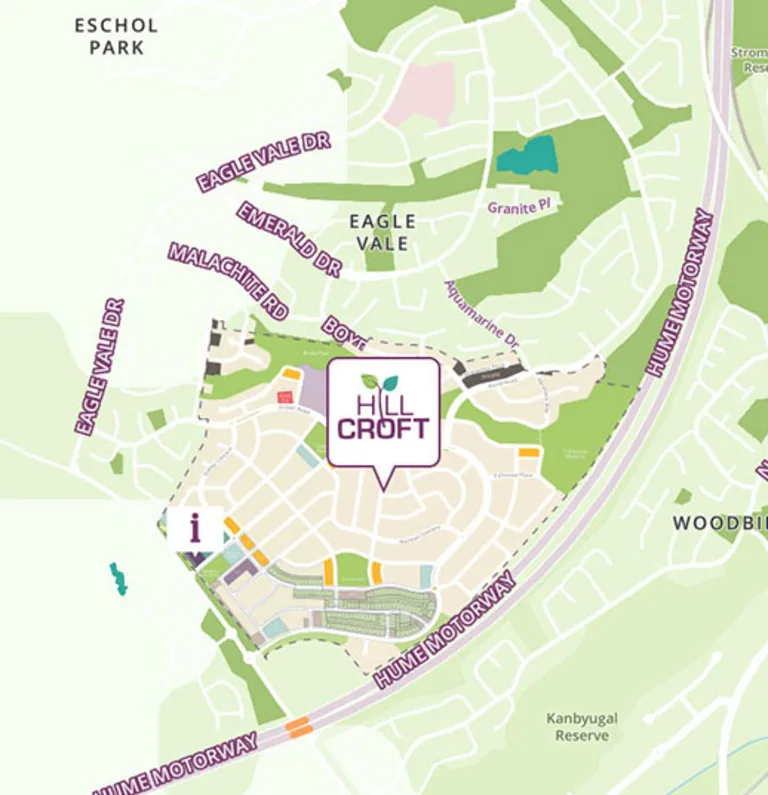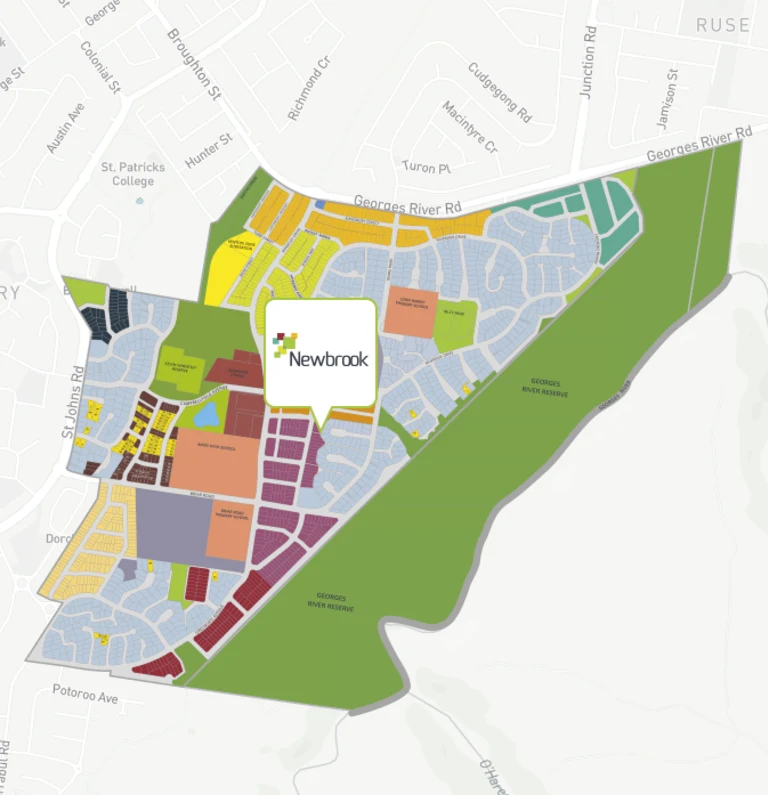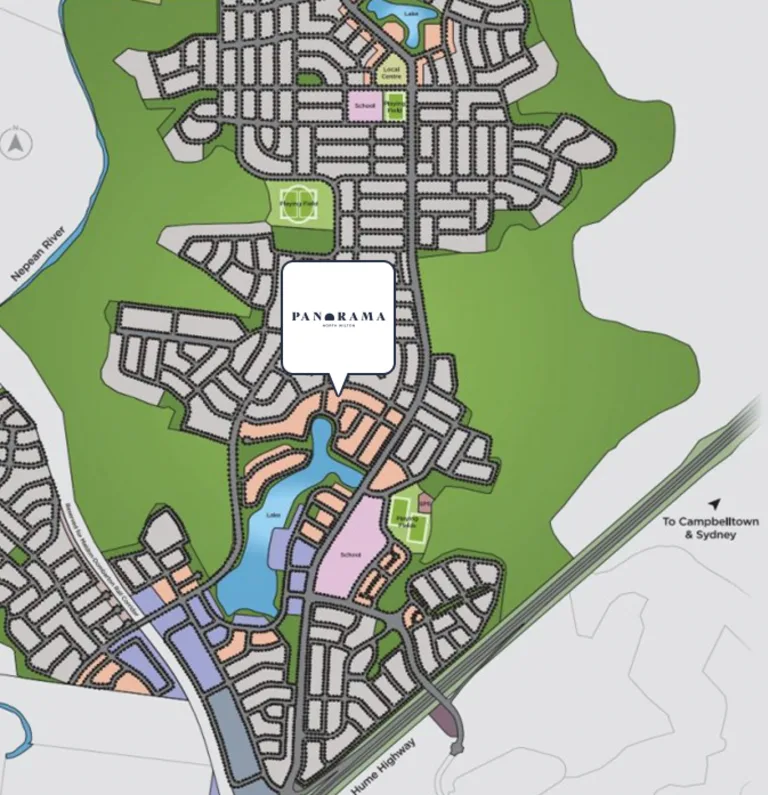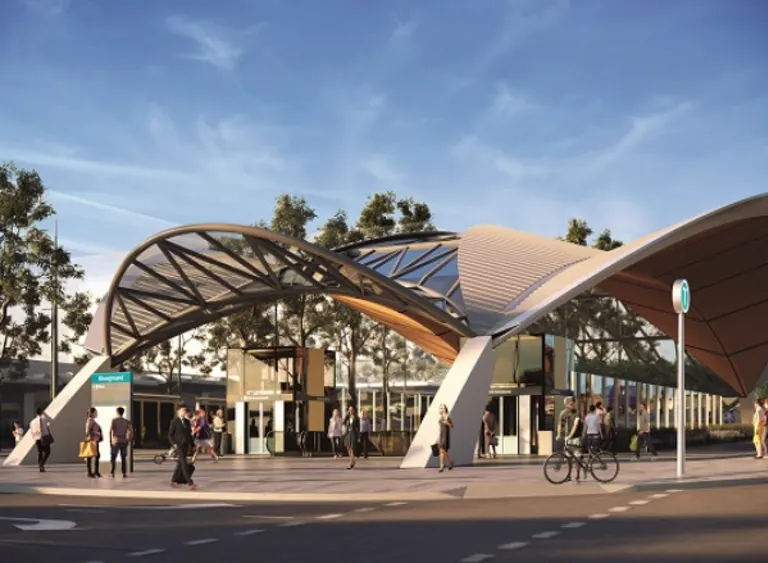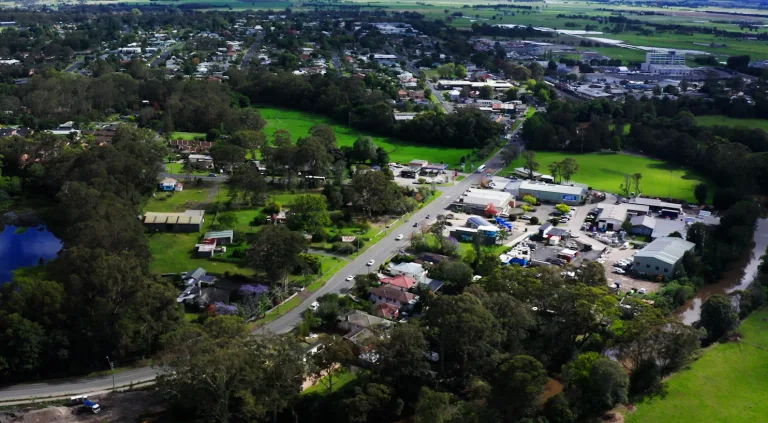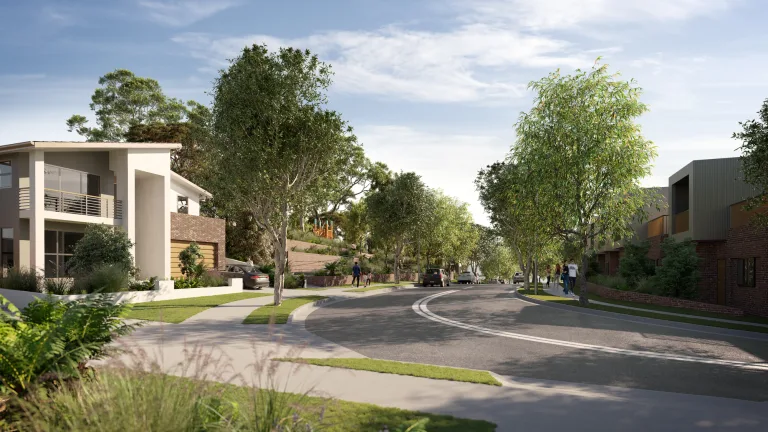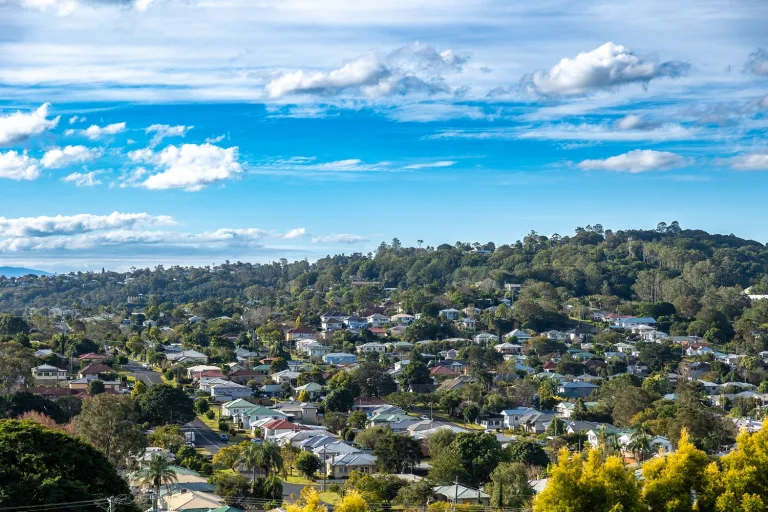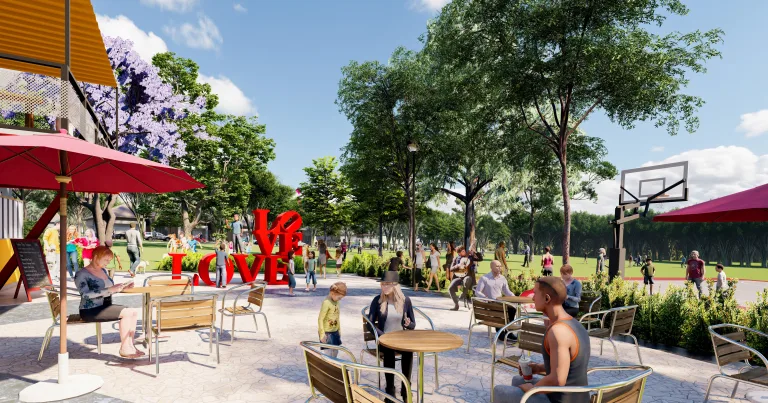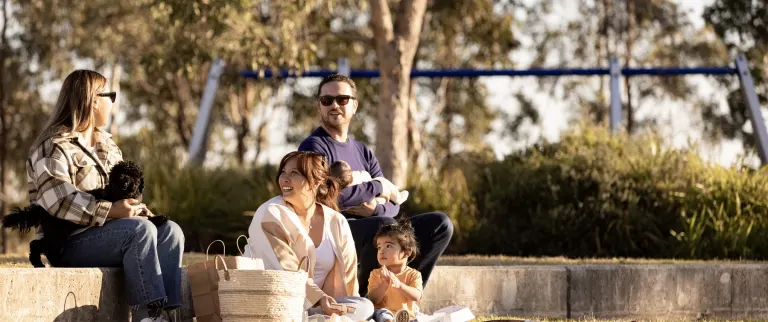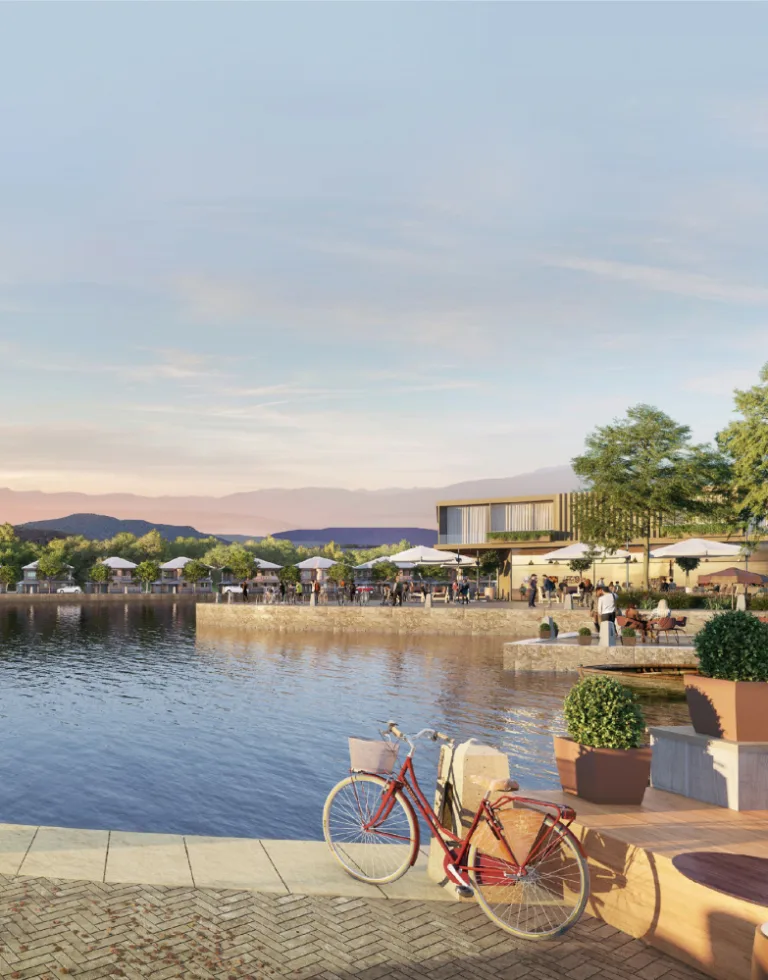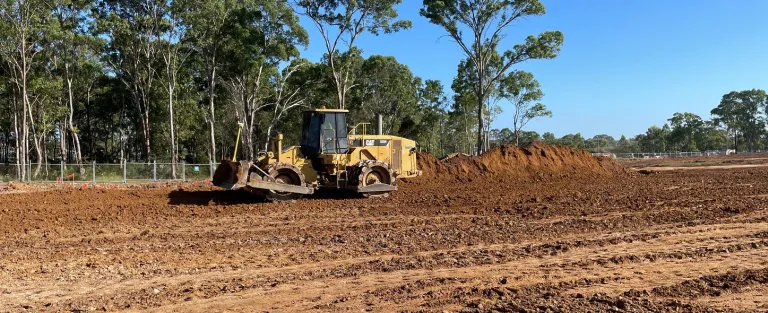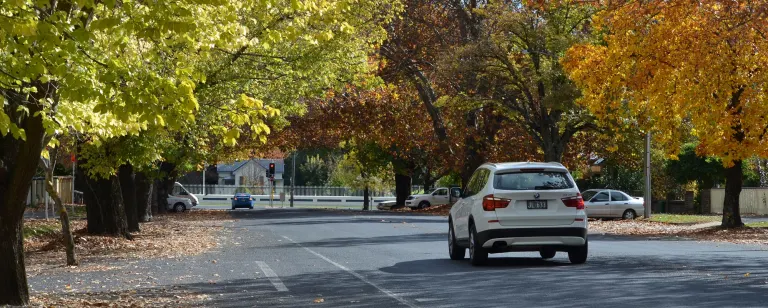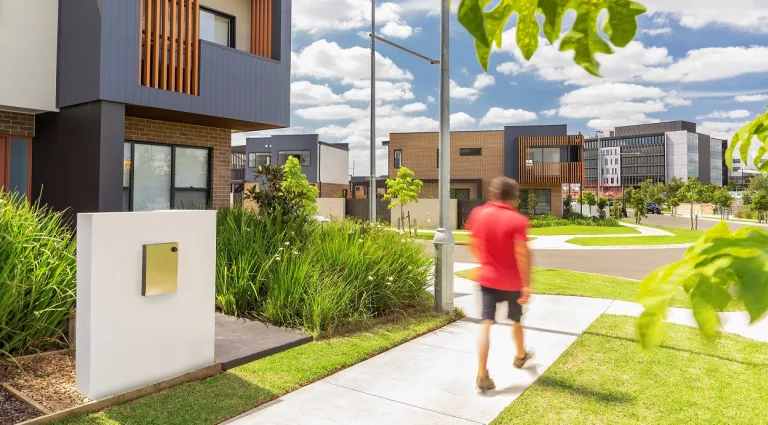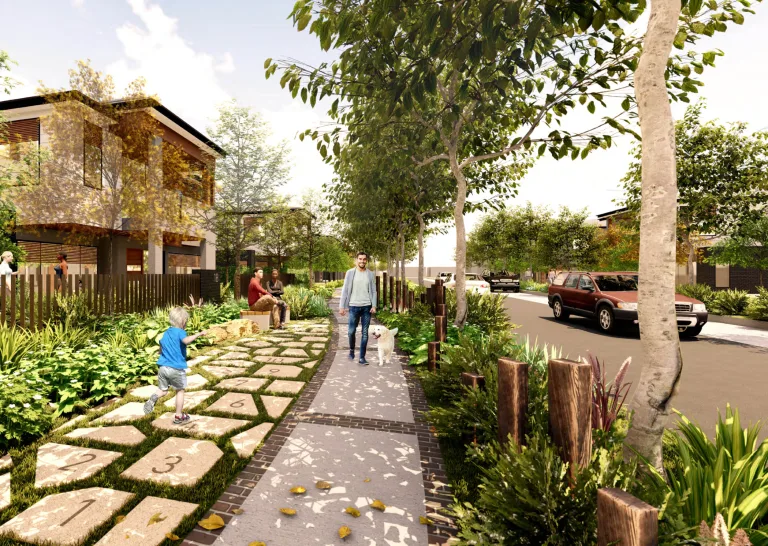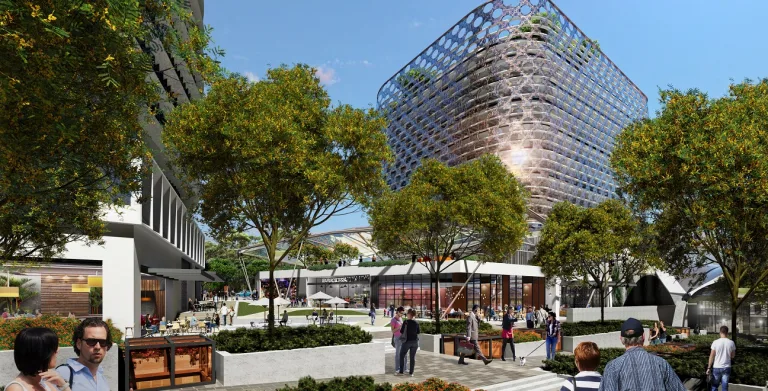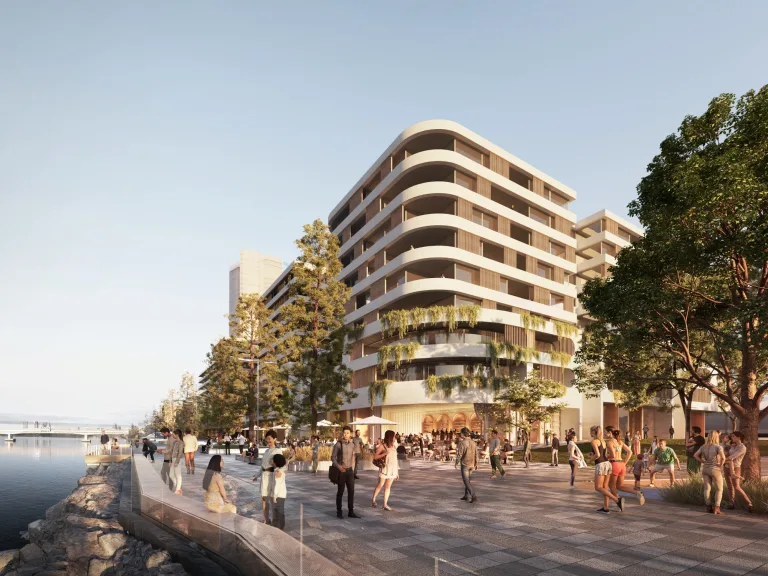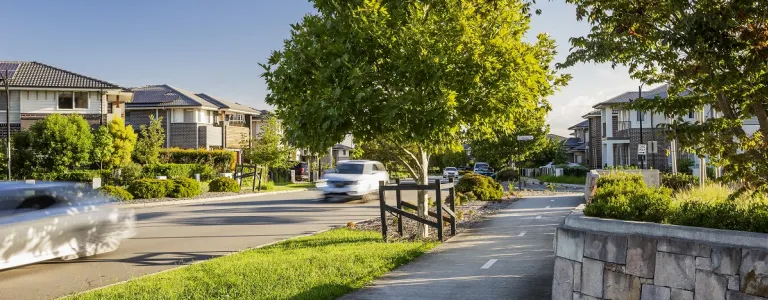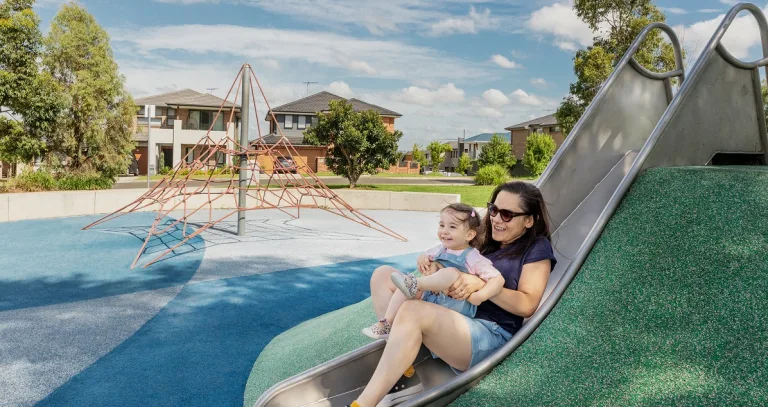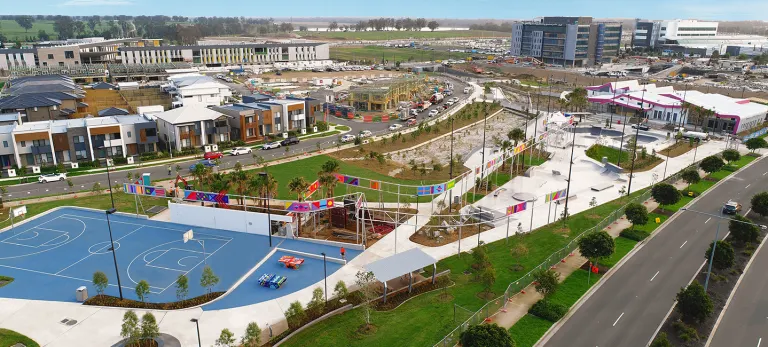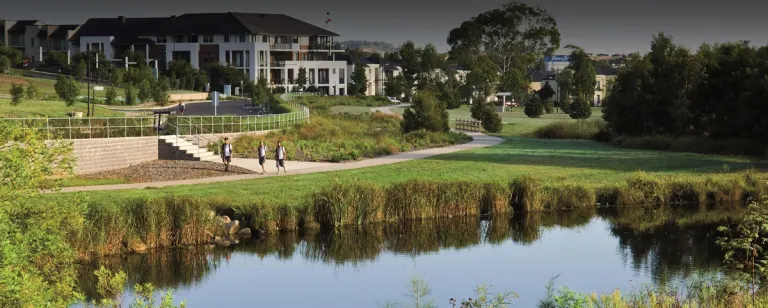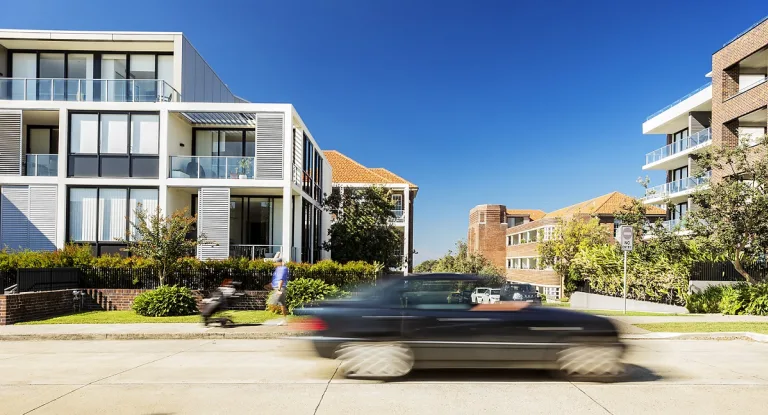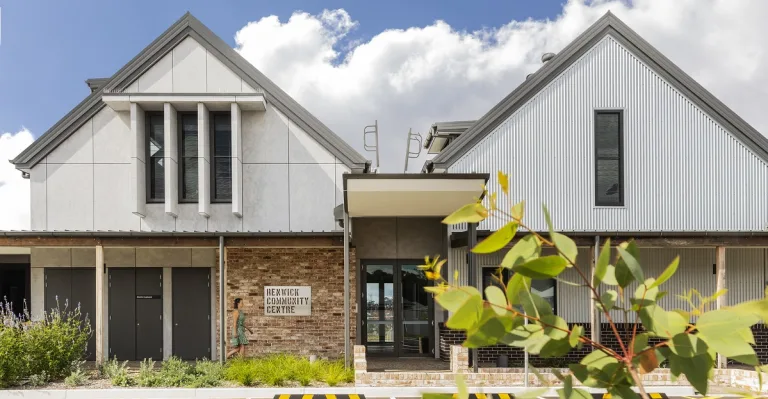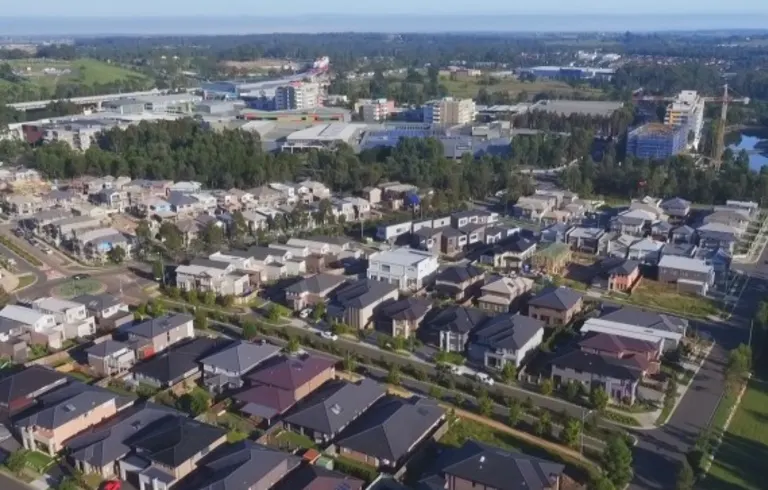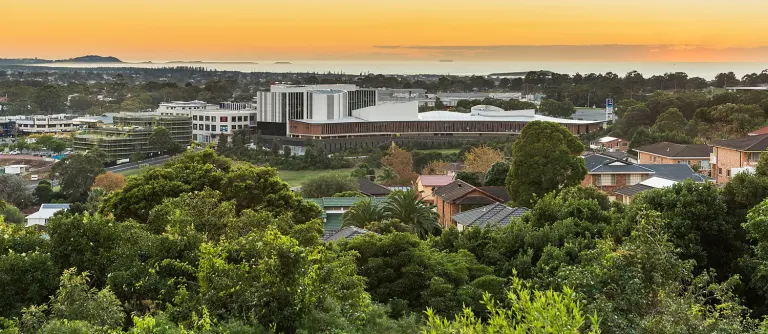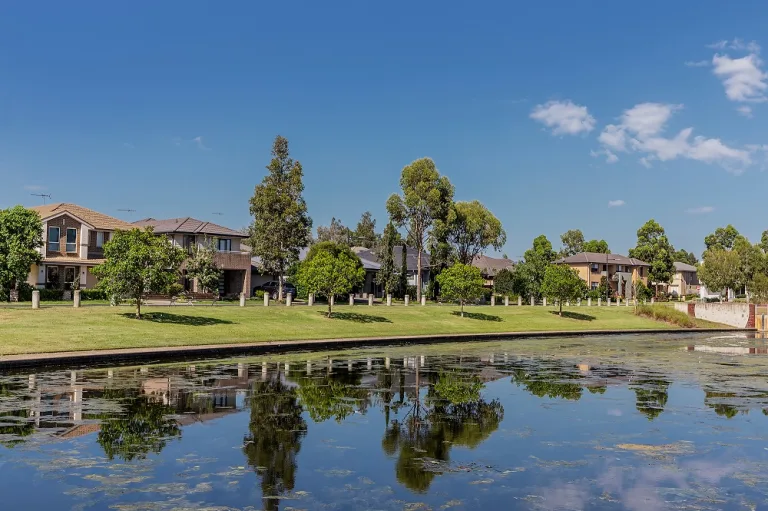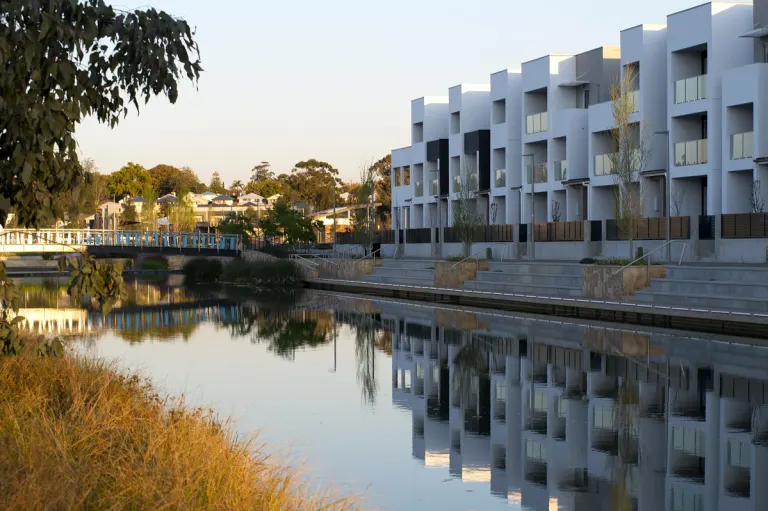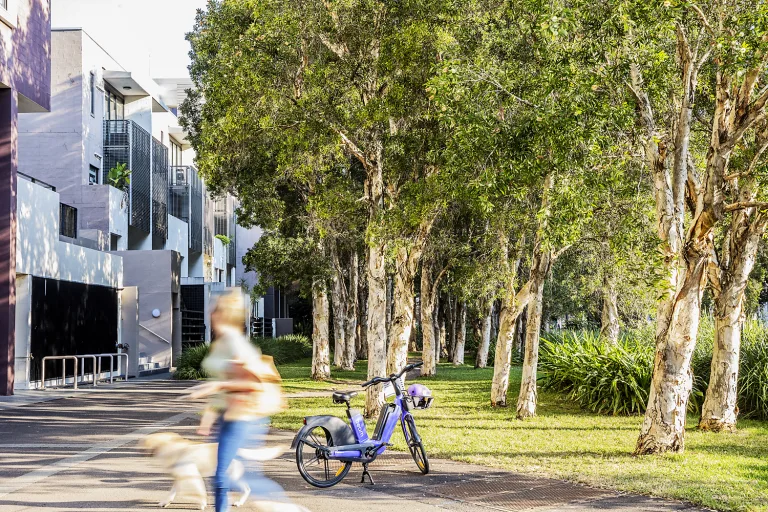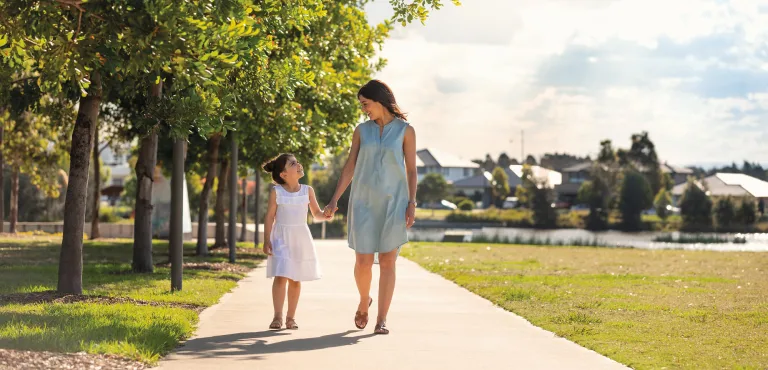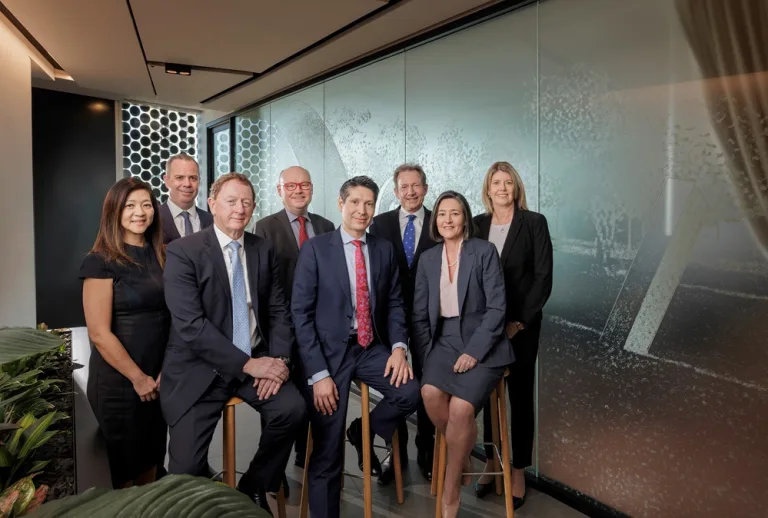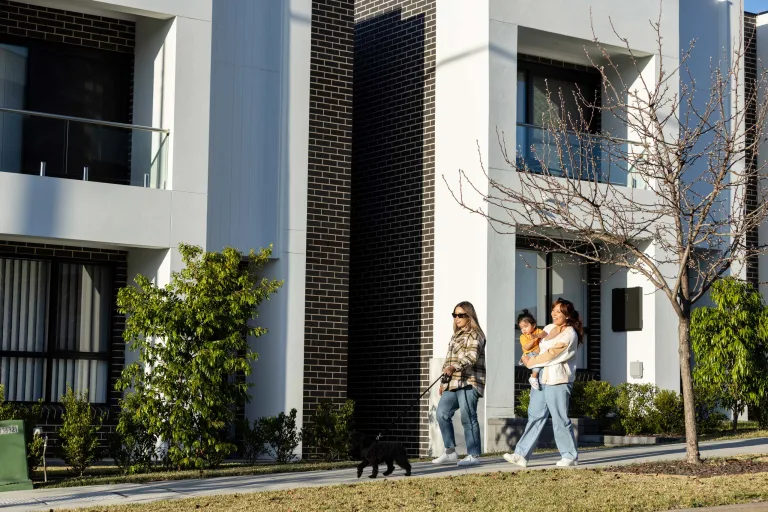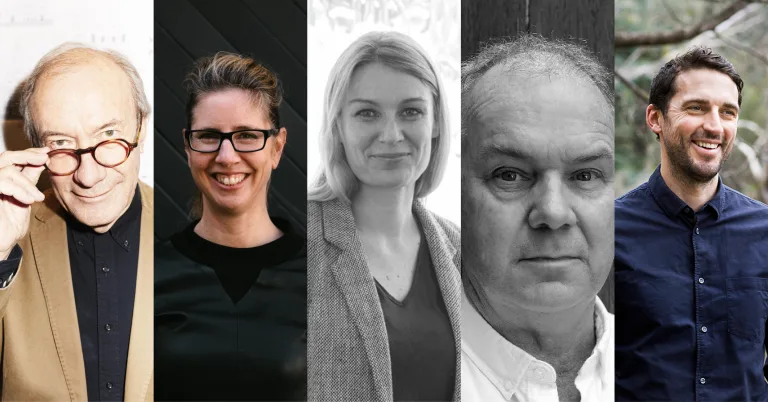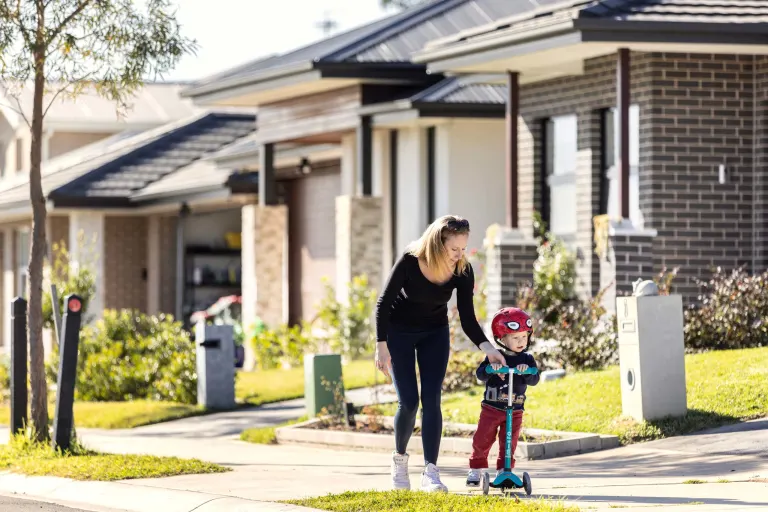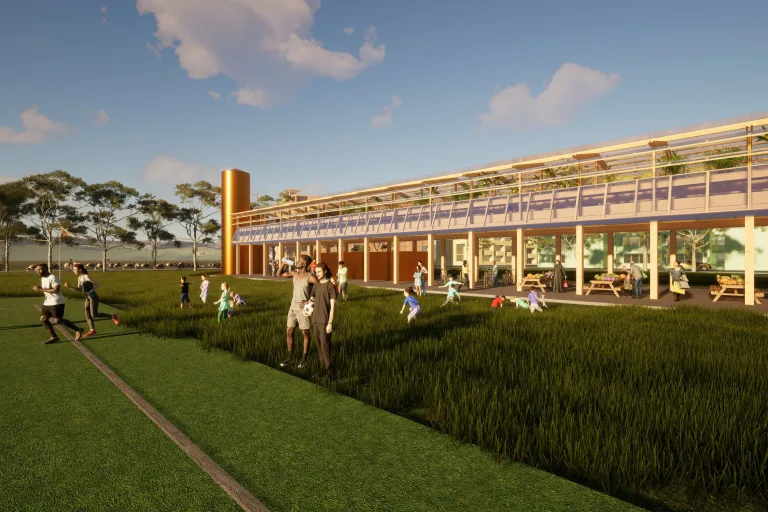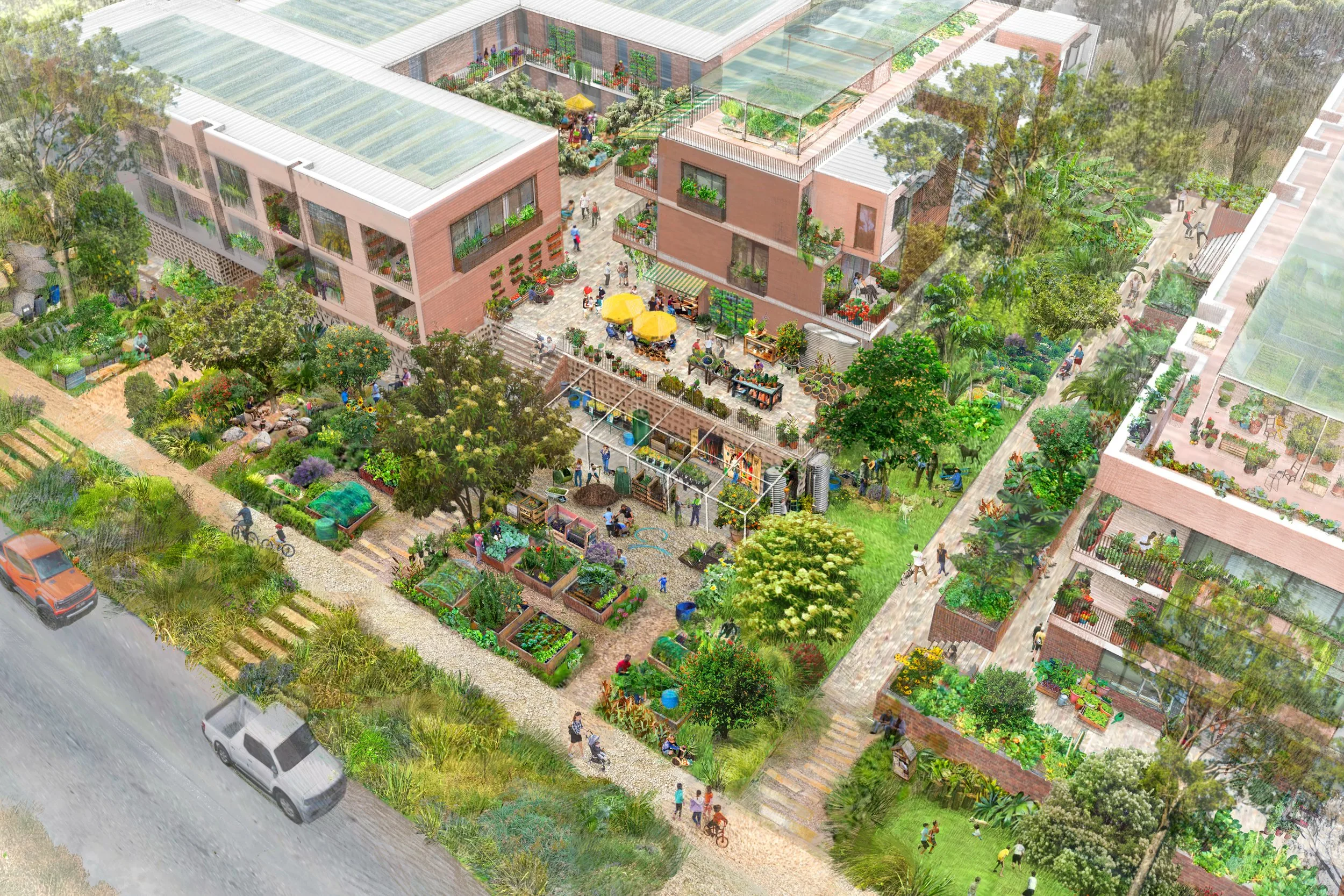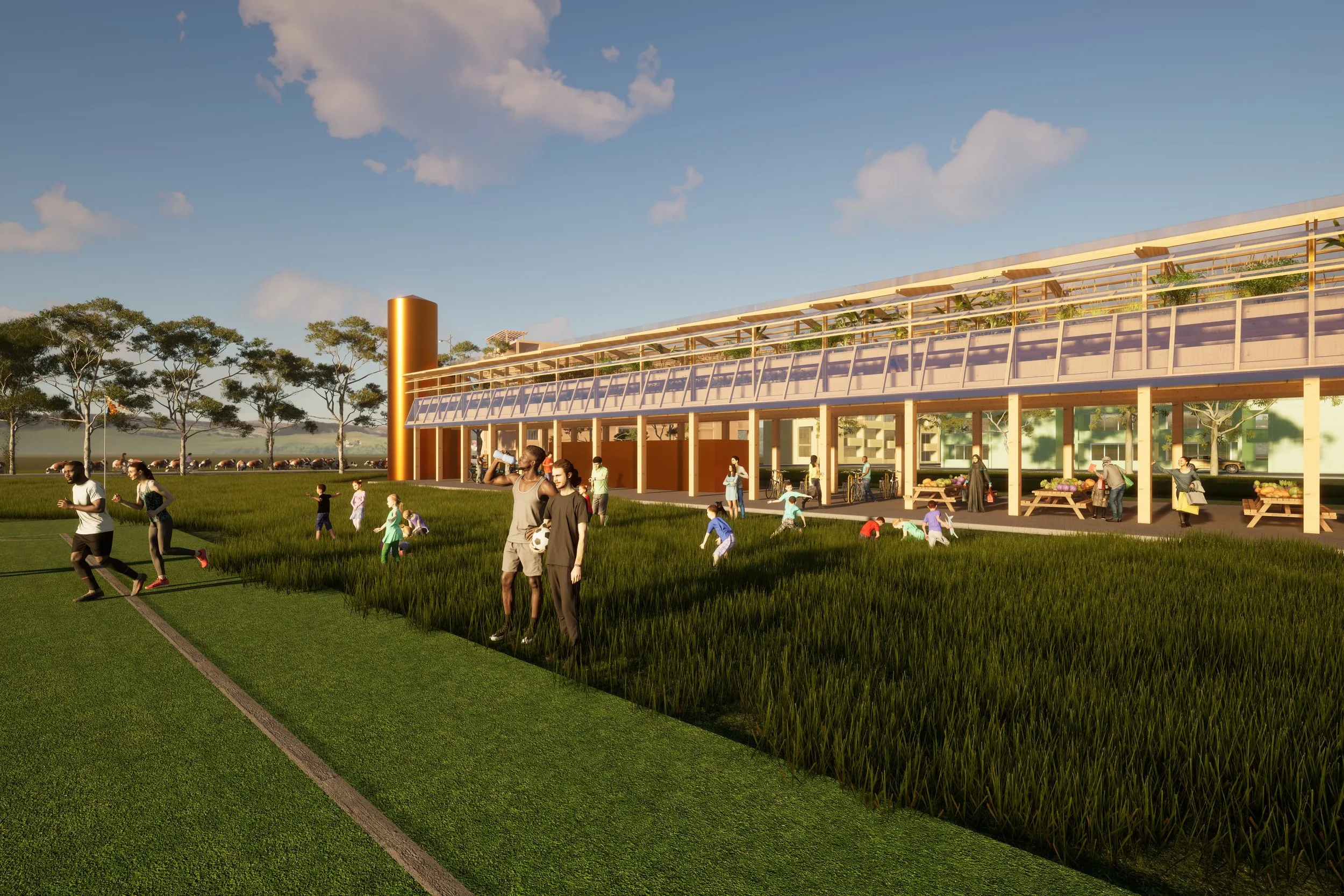AGora is located in the heart of the sporting hub of Glenfield, fuelling and feeding the constant energy and intensity gathered by the community powerhouse that is local sport in Australian society. The AGora accommodates –
- A receiving bay where e-mobility vehicles deliver food and crop waste from the community, local restaurants and Hurlstone Vollege
- Storage for mobility vehicles and charging facilities
- Waste to energy plant that generates heat and electricity
Repeatable, modular bays make use of hybrid timber construction and recycled materials to evoke the beautiful rural traditions of minimal structures while reducing carbon. The AGora gives back to its community –
- A 21st century community garden utilising urban hydroponics/aquaculture
- Fertiliser without dispersal into natural systems
- 24 hour renewable grow lighting provided by the AGora energy plant
- Food for a community market and a local café/canteen for the sporting hub
- Water for public amenities and irrigation across the precinct
- Power for floodlighting of recreational fields and evening use of small public rooms
- Free e-mobility charging
- Bio-gas bbq’s for community use
AGora’s community garden is not only for the weekend gardener, but has the ambition of making a serious contribution to issues of food security, scarcity and affordability as extreme climate events and social change make simple aspects of life more challenging for all communities. It can help provide volume food production for local residents and businesses. It is also a resource for experimentation by the Hurlstone Agricultural College, that explores the future of agriculture.
AGora will be a glowing lantern in the landscape of the new Western Sydney. A living symbol of the circular economy that demonstrates how doing more with less can become an integral and engaging core of community activity and visually celebrate Glenfield’s ambition for sustainably rich civic life.

